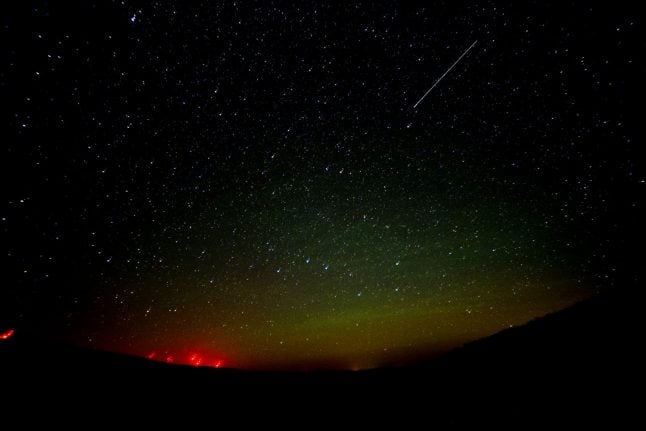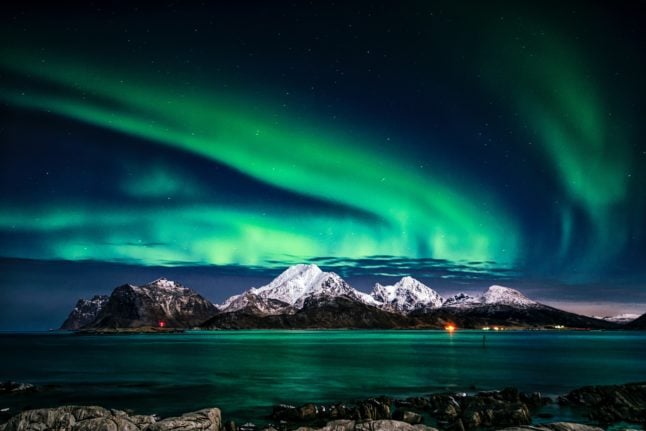As the earth passes through the trail of the remains of a comet, the burning of meteorites in the atmosphere will result in the sparkling display in the night sky over Sweden.
The phenomenon, known as the Perseids, occurs in August every year, when the earth moves through the solar orbit of the Swift-Tuttle comet.
The meteor shower – actually meteorites and dust burning up on entering the earth’s atmosphere – can be up to 90 shooting stars per hour.
The best views of the Perseids in Sweden will be in the south of the country, according to website Populär Astronomi. While visibility will be better in the countryside, the meteor shower will also be observable from towns and cities.
Between 1am and 2am, when the sky is darkest, will be the best time to spot the cosmic event.
Weather could present a problem for spectators in Sweden, however, with cloud cover in many parts of the country forecast by meteorological institute SMHI.
Large areas between Östersund and Luleå, as well as in western Skåne, are forecast to have clear skies.
Although the meteor shower is likely to be most easy to spot from earth on Sunday night, it has been visible since the end of July and will remain so for a further two weeks.
The Perseids take their name from the constellation Perseus, the constellation from which they are thought to have originated.
READ ALSO: Top tips for watching the meteor shower in Sweden (from 2016)



 Please whitelist us to continue reading.
Please whitelist us to continue reading.
Member comments